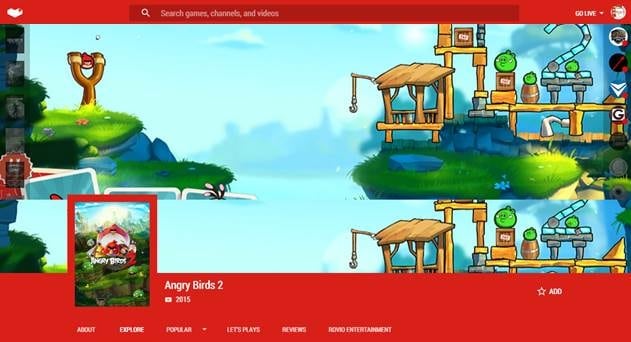It is all kicking off now. Mario has dealt with the giant flying Paragoomba and had a close call with some Goombas. Next it is Bowser. And just as Mario enters the castle …the stream starts to buffer. The word ‘frustrating’ is an understatement. The language starting to flow needs a PEGI 18 certificate!
No, you are not playing Super Mario Maker. You are watching a live broadcast stream of a professional gamer on your mobile. In fact, sites such as YouTube Gaming and Twitch have millions of gaming enthusiasts tuning in to watch the likes of Mario, Gordon Freeman and Master Chief kick, punch and fly their way across levels. It is estimated that viewers on Twitch watch 106 minutes a day on average, with over 6 million videos being broadcast on the service. Launched in August this year, YouTube Gaming is the new kid on the gaming block. It may soon be as popular as Twitch – if not more – and millions of gamers will follow. If you are a gaming enthusiast who watches the action on a mobile device, that’s a blessing and a curse.
A Game Changer
It is a blessing because the array of games being broadcast means fans have an amazing choice of live action to choose from, but once the live stream starts to buffer or stall, fans could be left cursing. Or worst still, after all the hours of gaming on their devices, a subscriber may be in store for a bill shock because of the heavy content he or she is accessing over mobile connection.
Gaming also poses a similar challenge for the Mobile Operator. Consumption of bandwidth on live gameplay streaming differs significantly compared to the usual YouTube Video on Demand (VoD) service – say of your favorite cat video. That’s because the app or browser on a device downloads what is call a “manifest” from the video server. For VoD, the device downloads this once at the start of the video. The manifest or playlist file is typically a small text or xml document. Its size isn’t an issue as it is relatively small. It is the media files that are large and can cause congestion on the operator networks.
In the case of live gaming, the device will periodically download the manifest file, typically every few seconds so it can access the new live gaming segments being broadcast. The periodic interval is determined by format e.g. HLS, DASH and the segment duration. And the device could access high bandwidth HD video streams – which congest the mobile network and result in buffering – and take a chunk off a subscriber’s data plan. Put simply, that’s bad news for both the mobile subscriber and the operator.
A Double Whammy!
Research conducted amongst 2000 iPhone users across the United States and the UK found that 59% of users abandon a video after it has not loaded within 15 seconds. Buffering annoys subscribers. With competition intense, mobile operators can ill afford Quality of Experience (QoE) issues. That’s why it is more important than ever for carriers to use optimization solutions to manage the deluge of living gaming broadcast streams. And it is a tide that will continue to rise.
Added to this complexity is the rise of encrypted (HTTPS) data which further complicates matters for operators. YouTube streams in particular have contributed to this challenge. So, now carriers have to deal with encrypted Lara Croft streams and cat videos too.
Carriers need solutions that allow them to manage both encrypted data and live gaming streams. They can safeguard privacy and lower bitrates significantly for YouTube Gaming and Twitch - while maintaining excellent QoE for subscribers. Like in Mario, mobile operators too must find the right tools – and solutions - to overcome challenges and navigate a constantly evolving landscape. There is light at the end of the tunnel.




















